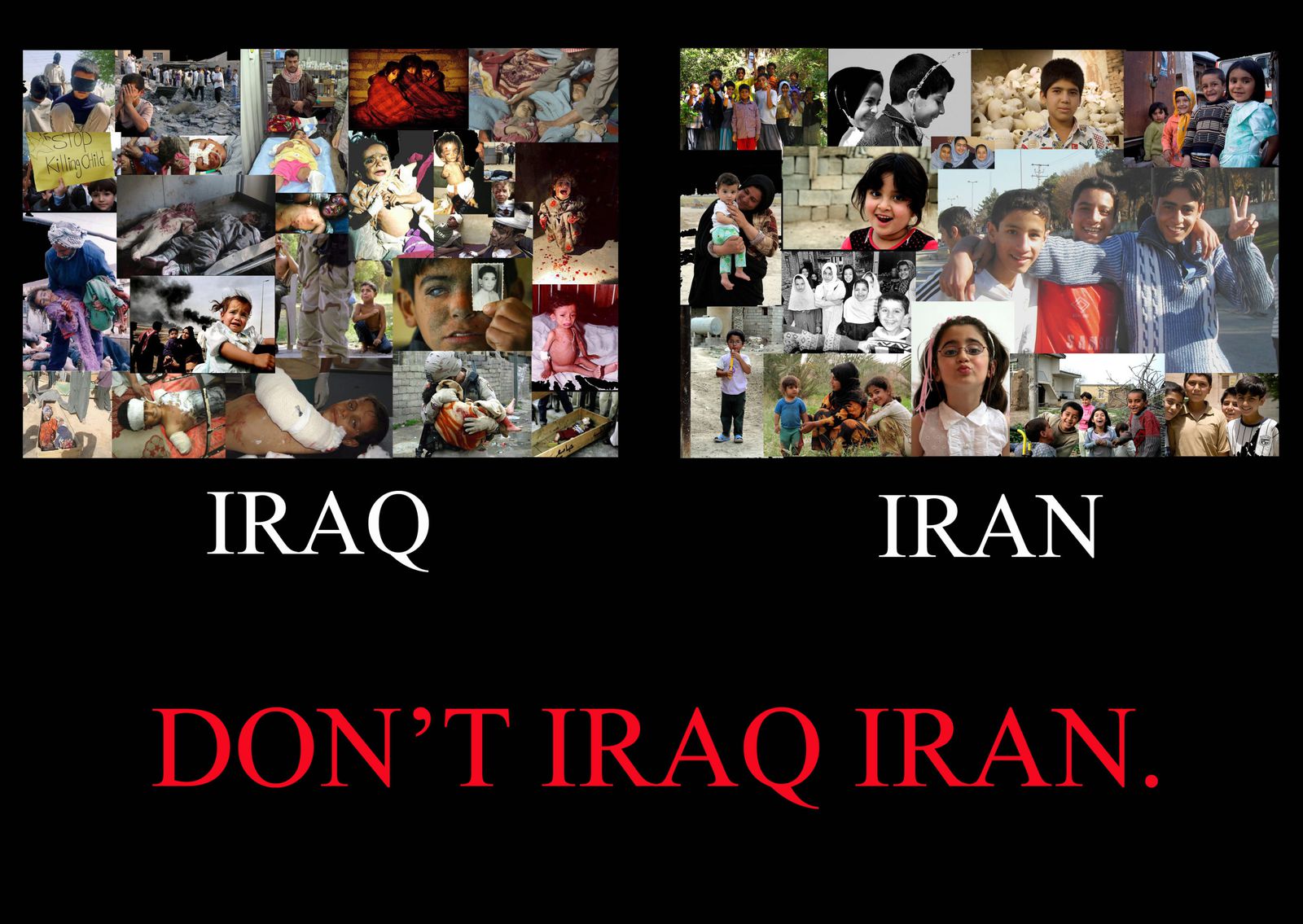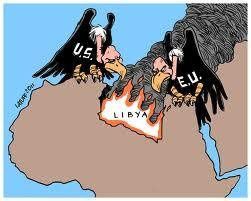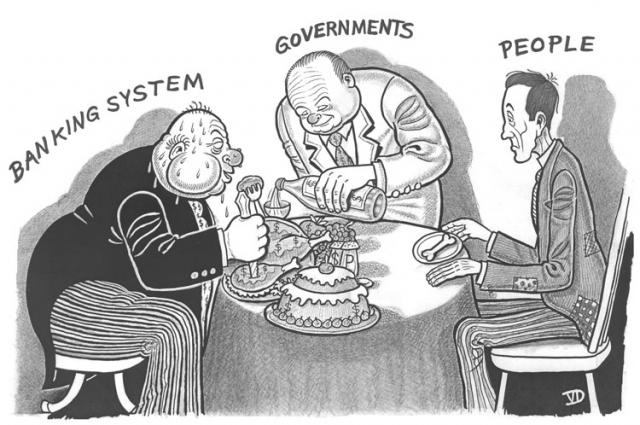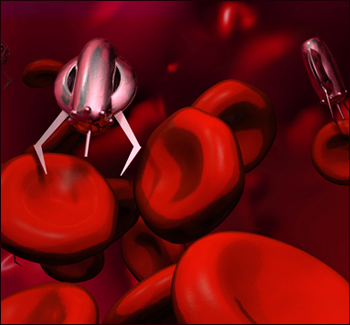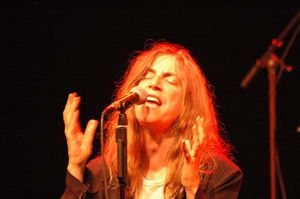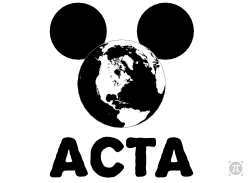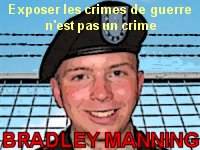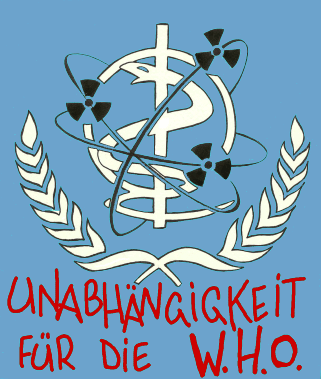Repression intensifies
by Eva Golinger
The US Department of State had prior knowledge of the coup. The Department of State and the US Congress funded and advised the actors and organisations in Honduras that participated in the coup. The Pentagon trained, schooled, commanded, funded and armed the Honduran armed forces that perpetrated the coup and that continue to repress the people of Honduras by force.
The US military presence in Honduras, that occupies the Soto Cano (Palmerola) military base, authorised the coup d’etat through its tacit complicity and refusal to withdraw its support of the Honduran military involved in the coup. The US ambassador in Tegucigalpa, Hugo Llorens, coordinated the removal from power of President Manuel Zelaya, together with Assistant Secretary of State Thomas Shannon y John Negroponte, who presently works as an advisor to Secretary of State Hillary Clinton.
From the first day the coup occurred, Washington has referred to “both parties” involved and the necessity for “dialogue” to restore constitutional order, legitimising the coup leaders by regarding them as equal players instead of criminal violators of human rights and democratic principles. The Department of State has refused to legally classify the events in Honduras as a “coup d’etat”, nor has it suspended or frozen its economic aid or commerce to Honduras, and has taken no measures to effectively pressure the de facto regime.
Washington manipulated the Organization of American States (OAS) in order to buy time, therefore allowing the coup regime to consolidate and weaken the possibility of President Zelaya’s immediate return to power, as part of a strategy still in place that simply seeks to legitimate the de facto regime and wear down the Honduran people that still resist the coup. Secretary of State Clinton and her spokesmen stopped speaking of President Zelaya’s return to power after they designated Costa Rica's president Oscar Arias as the “mediator” between the coup regime and the constitutional government; and now the State Department refers to the dictator that illegally took power during the coup, Roberto Micheletti, as the “interim caretaker president”.
The strategy of “negotiating” with the coup regime was imposed by the Obama administration as a way of discrediting President Zelaya – blaming him for provoking the coup – and legitimising the coup leaders. Members of the US Congress – Democrats and Republicans – organised a visit of representatives from the coup regime in Honduras to Washington, receiving them with honors in different arenas in the US capital. Despite the fact that originally it was Republican Senator John McCain who coordinated the visit of the coup regime representatives to Washington through a lobby firm connected to his office, The Cormac Group, now, the illegal regime is being representated by top notch lobbyist and Clinton attorney Lanny Davis, who is using his pull and influence in Washington to achieve overall acceptance – cross party lines – of the coup regime in Honduras. Otto Reich and a Venezuelan named Robert Carmona-Borjas, known for his role as attorney for the dictator Pedro Carmona during the April 2002 coup d’etat in Venezuela, aided in preparing the groundwork for the coup against President Zelaya in Honduras.
The team designated from Washington to design and help prepare the coup in Honduras also included a group of US ambassadors recently named in Central America, experts in destabilising efforts against the Cuban revolution, and Adolfo Franco, ex administrator for USAID’s Cuba “transition to democracy” program. No one doubts that the fingerprints of Washington are all over the coup d’etat against President Manuel Zelaya that began on June 28. Many analysts, writers, activists and even presidents, have denounced this role. Nevertheless, the majority coincide in excusing the Obama Administration from any responsibility in the Honduran coup, blaming instead the lingering remains of the Bush-Cheney era and the war hawks that still pace the halls of the White House. The evidence demonstrates that while it is certain that the usual suspects who perpetrate coups and destabilisation activities in Latin America are involved, ample proof exists confirming the direct role of the new administration in Washington in the Honduran coup.
The Department of State
The new form of diplomacy of the United States, known as “smart power”, has played a principal role before, during and after the coup in Honduras. During a press briefing on July 1, spokespeople for the Department of State admitted to having prior knowledge of the coup in Honduras, clarifying that US diplomats had been meeting with the groups and actors planning the coup to encourage a different “solution” to their discontent with President Zelaya.[i] The State Department also confirmed that two high level representatives from the Department, which included Assistant Secretary of State for Western Hemisphere Affairs Thomas Shannon and Deputy Assistant Secretary of State Craig Kelley, were in Honduras the week prior to the coup and maintained meetings with the civilian and military groups that later participated in the illegal overthrow of a democratically elected president. They state their mission was to “urge against” the coup, but evidently such verbal pressure was insufficient to discourage the actors involved in the coup, particularly considering the actions manifested by Washington contradicted those harsh words.
On the day of the coup, US Secretary of State Hillary Clinton published a statement regarding the situation in Honduras. Despite the fact that governments around the world were quickly condemning the actions as a coup d’etat, Clinton’s statement did not recognise the events in Honduras as a “coup d’etat” and also did not call for the return of President Zelaya to power. Curiously, Clinton’s statements from day one have referred to “all parties” of situation, legitimising the coup leaders and somehow placing blame – publicly – on President Mel Zelaya for provoking his own overthrow: “The action taken against Honduran President Mel Zelaya violates the precepts of the Inter-American Democratic Charter, and thus should be condemned by all. We call on all parties in Honduras to respect the constitutional order and the rule of law, to reaffirm their democratic vocation, and to commit themselves to resolve political disputes peacefully and through dialogue. Honduras must embrace the very principles of democracy we reaffirmed at the OAS meeting it hosted less than one month ago.”[ii]
And ever since, despite different references to a “coup” having occurred in Honduras, the Department of State has refused to legally classify what took place as a coup d’etat. By doing so, the US government would be obligated to suspend economic, diplomatic and military aid to Honduras, which apparently they are unwilling to do, since such a measure would substantially affect US interests in the Central American nation and the region. On July 1, the spokesmen for the State Department explained their wavering on the coup question: “In regard to the coup itself, I think it would just – it would be best to say that this was a coordinated effort between the military and some civilian political actors. Obviously, the military was the entity that conducted the forcible removal of the president and has acted as the securer of public order during this process. But for the coup to become more than an insurrection or a rebellion, you have to have an effort to transfer power. And in that regard, the congress – the congress’s decision to swear in its president, Micheletti, as the president of Honduras indicates that the congress and key members of that congress played an important role in this coup.”[iii]
This position of ambiguity, that condemns the events in Honduras as a violation of constitutional order but doesn’t go as far as classifying the situation as a coup d’etat and also doesn’t call for the reinstatement of President Zelaya to the presidency, was ratified again after the meeting held between Secretary of State Clinton and President Zelaya on July 7. Clinton made the following statement, “I just finished a productive meeting with President Zelaya. We discussed the events of the past nine days and the road ahead. I reiterated to him that the United States supports the restoration of the democratic constitutional order in Honduras. We continue to support regional efforts through the OAS to bring about a peaceful resolution that is consistent with the terms of the Inter-American Democratic Charter…We call upon all parties to refrain from acts of violence and to seek a peaceful, constitutional, and lasting solution to the serious divisions in Honduras through dialogue. To that end, we have been working with a number of our partners in the hemisphere to create a negotiation, a dialogue that could lead to a peaceful resolution of this situation.”[iv]
Now it was clear, after this meeting, that Washington would no longer consider Zelaya’s return to the presidency as a necessary solution but rather would lobby for a “negotiation” with the coup regime, that in the end, favours US interests. Sources that were present at the Organisation of American States (OAS) meetings that took place after the coup affirm that the presence of a high-level US delegation intensified the pressure against other States to urge for a “negotiated” solution that didn’t necessarily imply the return to power of President Zelaya.
This method of circumventing the main issue, manipulating the outcome and attempting to appear as though one position has been assumed when in reality, actions demonstrate the contrary, forms part of the new Obama doctrine of “smart power”, which purports to achieve imperialist objectives without demonising the government. “Smart Power” is “the capacity to combine ‘hard power’ with ‘soft power’ to achieve a victorious strategy. ‘Smart Power’ strategically uses diplomacy, persuasion, capacity building, military power and economic and political influence, in an effective way with a political and social legitimacy.” Essentially, it’s a mix of military force with all forms of diplomacy, with an emphasis in the use of “democracy promotion” as a principal tactic to strongy influence the destiny of societies, instead of a military invasion. [Note: Beware that “smart power” places an emphasis on the use of agencies like USAID and National Endowment for Democracy (NED) to do the ‘dirty work’ of silently penetrating and infiltrating civil society organisations in order to promote a US agenda. This explains Obama’s call for an additional $320 million in “democracy promotion” funds for the 2010 budget just for use in Latin America. This is substantially a higher sum than the quantity requested and used in Latin America for “democracy promotion” by the Bush administration in its 8 years of government combined.]
The ambassador
Journalist Jean-Guy Allard has revealed the origens of the current US ambassador in Honduras, Hugo Llorens[v]. Per Allard, Hugo Llorens, a Cuban national from birth who arrived in the United States as part of Operation Peter Pan, is “a specialist in terrorism… In 2002, George W. Bush’s White House strategically placed the astute Llorens as Director of Andean Affairs at the National Security Council in Washington, D.C., which converted him into the principle advisor to the President on Venezuela. The coup d’etat in 2002 against Venezuelan President Hugo Chávez occured during Llorens’ tenure, who was working together with Assistant Secretary of State for Western Hemisphere Affairs, Otto Reich, and the very controversial Elliot Abrams. In July 2008, Llorens was named Ambassador to Honduras.”
On June 4, 2009, just weeks before the coup d’etat against President Zelaya, Ambassador Llorens declared to the Honduran press that “...One can’t violate the Constitution in order to create another Constitution, because if one doesn’t respect the Constitution, then we all live under the law of the jungle.”[vi] Those declarations were made in reference to the national opinion survey on the possibility of convening a constitutional convention during 2010, that would have taken place on June 28th if the coup d’etat against President Zelaya hadn’t occured. The commentaries made by Llorens evidence not only his position against the survey, but also his interference in the internal affairs of Honduras.
But Llorens wasn’t alone in the region. After his nomination as US Ambassador in Honduras – position that he was assigned to due to the urgent necessity to neutralise the growing presence of leftist governments in the region and impede the regional potency of ALBA - several other US ambassadors were also named in neighboring nations, all experts in destabilising the Cuban revolution and executing psychological warfare.
The diplomat Robert Blau arrived first to the US embassy in El Salvador, on July 2, 2008, named as second in command. In January 2009, Blau became the Charge d’Affairs at the Embassy. Before arriving to El Salvador, Blau was subdirector of Cuban affairs at the Department of State in Washington, after working for two years at the US Interests Section in Havana, Cuba, as a Political Counselor. His work with Cuban dissidents was so successful that Blau was honored with the Department of State James Clement Dunn Award for Excellence. Llorens and Blau were old friends, after working together as part of Otto Reich’s team in the State Department.
Soon after, Stephen McFarland was named as US Ambassador in Guatemala, on August 5, 2008. McFarland, a graduate of the National War College in the US, similar to Hugo Llorens and Robert Blau, and also a former member of Combat Team Number 2 of the US Marines in Iraq, was the second in command at the US embassy in Venezuela during William Brownfield’s tenure. Brownfield is known for achieving a substantial increase in State Department funding and strategic support for the Venezuelan opposition. After Venezuela, McFarland was sent to the US Embassy in Paraguay to oversee the construction of the large US military base in that country that borders Bolivia. McFarland was also Director of Cuban Affairs at the State Department and his resumé claims he is an expert in “democratic transitions, human rights and security matters.”
Ambassador Robert Callahan arrived to Managua, Nicaragua, also at the beginning of August. Callahan has worked at the US embassies in La Paz, Bolivia, and San José, Costa Rica, and was a distinguished professor at the National War College. In 2004, he was sent to Iraq as press attaché at the US Embassy in Baghdad. Upon his return, he established the press and propaganda office at the newly created Directorate of National Intelligence (DNI) in Washington, which today is the most powerful entity in the US intelligence community.
Together, these ambassadors – experts in coup d’etats, destabilisation and propaganda – prepared the terrain for the coup against President Zelaya in Honduras.
Funding the coup leaders
Just one month before the coup against President Zelaya occured, a coalition of different organisations, business associations, political parties, high level members of the Catholic Church and private media outlets, was formed in opposition to Zelaya’s policies. The coalition was called the “Democratic Civil Union of Honduras”. It’s only objective was to oust President Zelaya from power in order to impede the future possibility of a constitutional convention to reform the constitution, which would allow the people a voice and a role in their political process.
The “Democratic Civil Union of Honduras” is composed of organisations including the National Anticorruption Council, the Archbishop of Tegucigalpa, Honduran Council of Private Enterprise (COHEP), Council of University Deans, Workers' Federation of Honduras (CTH), National Convergence Forum, National Federation of Commerce and Industry of Honduras (FEDECAMARA), Association of Communication Media (AMC), the Group Peace & Democracy and the student group Generation for Change.
The majority of these organisations have been the beneficiaries of the more than $50 million annually disbursed by USAID and the National Endowment for Democracy (NED) for “democracy promotion” in Honduras. In fact, a USAID report regarding its funding and work with COHEP, described how the “low profile maintained by USAID in this project helped ensure the credibility of COHEP as a Honduran organisation and not an arm of USAID.” Which basically means that COHEP is, actually, an arm of USAID.
The spokespeople for the Democratic Civil Union of Honduras representing, according to them, “civil society”, declared to the Honduran press on June 23rd – five days before the coup took place against President Zelaya – that they “trust the armed forces will comply with their responsibility to defend the Constitution, the Law, peace and democracy.” When the coup took place on June 28th, they were the first to immediately claim that a coup had not occured, but rather “democracy had been saved” from the hands of President Zelaya, whose crime was to attempt to give voice and visibility to the people. Representing the biased middle and upperclasses, the Democratic Civil Union has qualified Zelaya’s supporters as “hoards”.
The International Republican Institute (IRI), entity that receives funding from the National Endowment for Democracy (NED), received more than $1.2 million in 2009 to work with political groups in Honduras. IRI’s work has been dedicated to supporting “think tanks” and “pressure groups” to influence political parties and “support initiatives to implement political positions during the campaigns in 2009.” This is a clear example of intervention in the internal politics of Honduras and evidence of NED and IRI funding to those groups involved in the coup.
The Washington lobby
Republican Senator John McCain, ex US presidential candidate, helped coordinate the visit of a coup regime delegation to Washington last week. McCain is well known for his opposition to governments in Venezuela, Bolivia and other countries in the region considered “anti-imperialist”. McCain also maintains very close ties to the Cuban exile community in Miami. McCain is also Chairman of the Board of the International Republican Institute (IRI) that has funded the coup participants in Honduras. McCain offered the services of a lobby firm in Washington, closely tied to him, the Cormac Group, that organised a press conference for the coup regime delegation at the National Press Club on June 7th. McCain also helped set up several meetings in Congress with the traditional Cuban-American representatives and those general “Chávez-haters”, such as Connie Mack, Ileana Ros-Lehtinen and Mel Martinez.
But beyond the Republican connection to the Honduran coup regime, there is a even more damning link to the current Democrat administration in Washington. Lawyer Lanny Davis was hired by the Business Council of Latin America (CEAL) to lobby in favour of the coup regime and convince the powers in Washington to accept and recognise the de facto government in Honduras. Lanny Davis was special counsel to ex President Bill Clinton from 1996-1998 and he is a close friend and advisor to Secretary of State Hillary Clinton. Davis is organising a diplomatic offensive and public relations blitz in favour of the coup regime, including the strategic placement of advertisements in important US media that seek to legitimise the de facto Honduran government, and he is organising meetings and hearings with members of Congress, the State Department and the White House. CEAL represents the conservative business community in Latin America, including those that have promoted and participated in previous attempts to oust democratic governments via coup d’etats and/or other forms of sabotage. For example, the Venezuelan representative of CEAL is Marcel Granier, president of RCTV, the television station that heavily participated in the 2002 coup against President Chávez and that consistently has violated Venezuelan law in order to promote its political agenda.
As part of this offensive, Lanny Davis arranged a special hearing before the House Foreign Relations Committee, attended by high level members of Congress and overseen by Democrat Elliot Engel (congressman from New York). Testimonies were given at the hearing by representatives of the coup regime from Honduras and others who have supported the coup – directly and indirectly – such as Michael Shifter from the InterAmerican Dialogue, Guillermo Pérez-Cadalso, ex Honduran foreign minister and supreme court judge, and the infamous Otto Reich, a Cuban-American well known for his role in the majority of destabilisation activities against leftist and progressive governments in Latin America throughout the eighties. Reich, who was named Special Advisor on Latin America to President George W. Bush, also played a key role in the 2002 coup against President Chávez. As a result of this hearing, the US Congress is currently trying to pass a resolution that recognises the coup regime in Honduras as a legitimate government.
Another consequence of Lanny Davis’ lobbying efforts was the meeting arranged in the Council of the Americas Washington office on June 9th. This event included the participation of Jim Swigert, Director of Programs in Latin America and the Caribbean for the National Democratic Institute (NDI), entity that receives its funding from NED and USAID, Cris Arcos, former US ambassador to Honduras, and Adolfo Franco, ex USAID Administrator for Latin America and the Caribbean, and the director of the “transition to democracy” program for Cuba. These three characters are working as advisors to the Obama administration on the Honduran crisis. Franco, who was previously advisor on foreign policy to John McCain during his presidential campaign in 2008, has been accused of corruption for his mismanagement of USAID funds destined for the Cuba “democracy” program. Franco diverted a large quantity of these funds, totaling over $40 million, to groups such as the Committee for a Free Cuba and the Institute for Cuban Studies in Miami, without adhering to a transparent process of funds disbursement.
Negroponte and Reich, again
Many analysts and specialists on Latin American have speculated on the role of former ambassador to Honduras John Negroponte, who directed the paramilitary forces and death squads known as the “Contra” against leftist movements in Central America during the 1980s. Negroponte held various high level positions during the Bush administration, including US Ambassador to Iraq, US Ambassador to the United Nations, National Director of Intelligence and lastly, subsecretary of state, second only to Condoleezza Rice. After leaving the Department of State in January 2009, Negroponte entered the private sector, as is custom amongst former top government officials. He was offered a job as vice-president at the most influential and powerful consulting firm in Washington, McLarty Associates. Negroponte accepted the job. McLarty Associates was founded by Thomas “Mack” McLarty, former chief of staff for President Bill Clinton and also Clinton’s Special Envoy to Latin America. Since the end of the Clinton administration, McLarty has managed the most powerful strategic consulting firm in Washington, which until just last year, was called Kissinger-McLarty Associates due to the merging of Thomas McLarty and Henry Kissinger. This partnership clearly evidenced the bi-partisan unions that truly craft the most important policies in Washington.
In his new role, John Negroponte presently works as advisor to Secretary of State Hillary Clinton. Remember, the current US ambassador to Honduras, Hugo Llorens, has worked closely under Negroponte’s domain during the majority of his career. So it would not be a far jump to consider that John Negroponte, expert in crushing leftist movements in Central America, has played a role in the current coup against President Zelaya in Honduras.
Otto Reich has also been investing his energy during the last couple of years in a campaign against President Zelaya. The Honduran president actually threatened to sue Reich for defamation in April 2009, after Reich accused President Zelaya of stealing $100 million from the state-owned telecommunications company, Hondutel. These accustations were never backed by evidence, and the truth was revealed soon after that explained Reich’s interest in Hondutel. Through his consulting and lobbying firm, Otto Reich Associates, the Cuban-American was representing a multinational corporation that was pushing for the privatisation of Hondutel, a move that Zelaya opposed. With President Zelaya out of the picture now, Reich is able to pursue the multi-million dollar deal.
Reich also co-founded an organisation in Washington named Arcadia Foundation[vii] together with a Venezuelan, Robert Carmona-Borjas, a lawyer specialised in military law who is linked to the April 2002 coup d’etat in Venezuela, per his own resumé. Robert Carmona-Borjas was in the Miraflores presidential palace in Caracas, Venezuela, together with the dictator Pedro Carmona, on the days of the coup, from April 11-12, 2002, and escaped, together with Carmona, when the palace was retaken by the presidential guard and constitutional order was restored. He later fled to the United States after he was brought up on charges for his role in the coup d’etat in Venezuela, and became a university professor at George Washington University in Washington, DC (nice to see the warm welcome coup leaders and violators of democracy receive in the United States). Since last year, Reich and Carmona-Borjas have been conducting a campaign against President Zelaya, accusing him of corruption and limiting private property rights.
Through the Arcadia Foundation, they created a series of video clips that have been shown in different media, attempted to portray Zelaya as a corrupt president who violates the basic rights of the Honduran people.[viii]
Carmona-Borjas has travelled frequently to Honduras during the last few months, and even held public meetings where the coup against Zelaya was discussed openly. At one encounter where Carmona-Borjas was present, Honduran Public Defender Ramón Custodia, who was involved in the coup d’etat, declared to the press that “coups are a possibility and can occur in any political environment”. After the coup took place, Robert Carmona-Borjas appeared at a rally in support of the de facto regime, on July 3, and received the honors and applause from the coup leaders who declared him “an important actor” that “helped make possible” the removal from power of President Zelaya and the installation of the dictator Roberto Micheletti as de facto president.[ix]
Military power
The United States maintains a large military presence in Honduras in the Soto Cano (Palmerola) base, located about 50 miles from the capital, Tegucigalpa, that has been actively operating since 1981, when it was heavily occupied by the US Ronald Reagan Administration and used for its operations in Central America.
During the eighties, Soto Cano was used by Colonel Oliver North as a base of operations of the “Contra”, the paramilitary forces trained, armed and funded by the CIA, and charged with executing warfare against all leftist movements in Central America, with particular focus on the neighbouring Sandinista government in Nicaragua. From Soto Cano, the “Contra” launched terrorist attacks, psychological warfare (overseen by Otto Reich’s Office for Public Diplomacy), death squads and special covert missions that resulted in the assassination of tens of thousands of farmers and civilians, thousands of disappeared, tortured, wounded and terrorised all throughout the region.
John Negroponte, US ambassador at the time in Honduras, together with Oliver North and Otto Reich, directed and oversaw these dirty operations. They later became involved in the Iran-Contra scandal once the US Congress cut the funding for the paramilitary groups and death squads used by the Reagan Administration to neutralise the leftist movements in the region, and the Negroponte-North-Reich team sold arms to Iran to continue funding their covert operations.
The Soto Cano base houses the US Joint Task Force-Bravo military group, composed of members from the army, air force, joint security forces and the First Batallion Regiment 228 of the US Air Force. The current total presence of US forces on the base numbers approximately 600, and includes 18 combat planes, UH-60 Black Hawk helicopters and CH-47 Chinook helicopters, used for special warfare operations. The Honduran Aviation Academy is also located on the Soto Cano base. More than 650 Honduran and US citizens also live inside the base installations.
The Honduran constitution does not legally permit the presence of foreign military in the country. A “handshake” agreement was made between Washington and Honduras authorising the “semi-permanent” important and strategic presence of hundreds – at times thousands – of US military personnel on the base. The agreement was made in 1954, in exchange for the multimillion dollar aid the US provides to the Honduran armed forces, which ranges from training programs, arms and military equipment and joint exercises and operations that take place on the ground in Honduras. The base was first employed by the US military and CIA to launch the coup d’etat against Jacobo Arbenz in Guatemala in 1954.
Each year, Washington authorises hundreds of millions of dollars in military and economic aid to Honduras, which is the third-poorest country in the western hemisphere, after Haiti and Nicaragua. This “exchange” securing the US military presence in the Central American nation can be terminated at any time by the Honduran government, without much notice.
On May 31, 2008, President Manuel Zelaya announced that Soto Cano (Palmerola) would be converted into an international civilian airport. The construction of the airport terminal would be financed with a fund from the Bolivarian Alliance of the Americas (ALBA – of which Bolivia, Cuba, Ecuador, Dominique, Honduras, Nicaragua, St. Vicents, Antigua and Barbados and Venezuela are members). This obviously was a huge threat to the future US military presence in Honduras.
The two generals that have participated in key roles in the coup against President Zelaya are both graduates of the US School of the Americas, famous for training dictators, torturers and repressors in Latin America, and they maintain very close ties with the US military forces based in Honduras. The Commander of the Honduran Air Force General Luis Javier Prince Suazo studied in the famous School of the Americas in 1996. The Head of the Honduran High Military Command, General Romeo Vásquez, who was fired by President Zelaya on June 24, 2009, for disobeying the president’s orders, and later appeared as the principal actor in the military coup just days later, is also a graduate of the School of the Americas. These two high level military officers also maintain close contact with the Pentagon and the Southern Command.
The US Ambassador in Honduras through September 2008, when Hugo Llorens was appointed to the position, Charles Ford, was transferred from Honduras to the Southern Command in Florida and charged with providing “strategic advising” to the Pentagon about Latin America, a position he holds today.
The Honduran military are funded, trained, schooled and commanded by the US military. They have been indoctrinated with the anti-leftist, anti-socialist, pro-empire mentality since the beginning of the Cold War. The Generals and high level officers involved in the coup in Honduras have publicly stated that they were “obligated” to remove President Zelaya from power because of the “threat” he posed with his “leftist” ideology and alignment to socialist nations in the region such as Venezuela and Cuba. Per one Honduran colonel, “'We fought the subversive movements here and we were the only country that did not have a fratricidal war like the others…It would be difficult for us, with our training, to have a relationship with a leftist government. That's impossible. I personally would have retired, because my thinking, my principles, would not have allowed me to participate in that.''.[x]
All of the above evidence – and certainly more to come in the future – proves the undeniable role of Washington in the coup d’etat aginst President Zelaya in Honduras.
www.globalresearch.ca/index.php?context=va&aid=14390
More:
Honduras : obama’s first coup d'etat by eva golinger  Obama’s rollback strategy: honduras , iran, pakistan, afghanistan (and the boomerang effect)
Obama’s rollback strategy: honduras , iran, pakistan, afghanistan (and the boomerang effect)  The coup in honduras : obama's real message to latin america?
The coup in honduras : obama's real message to latin america? 
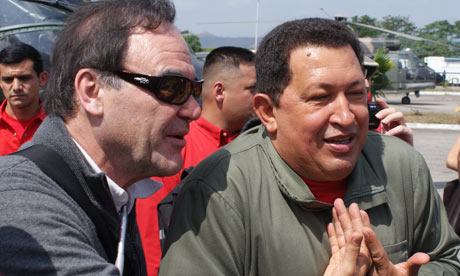


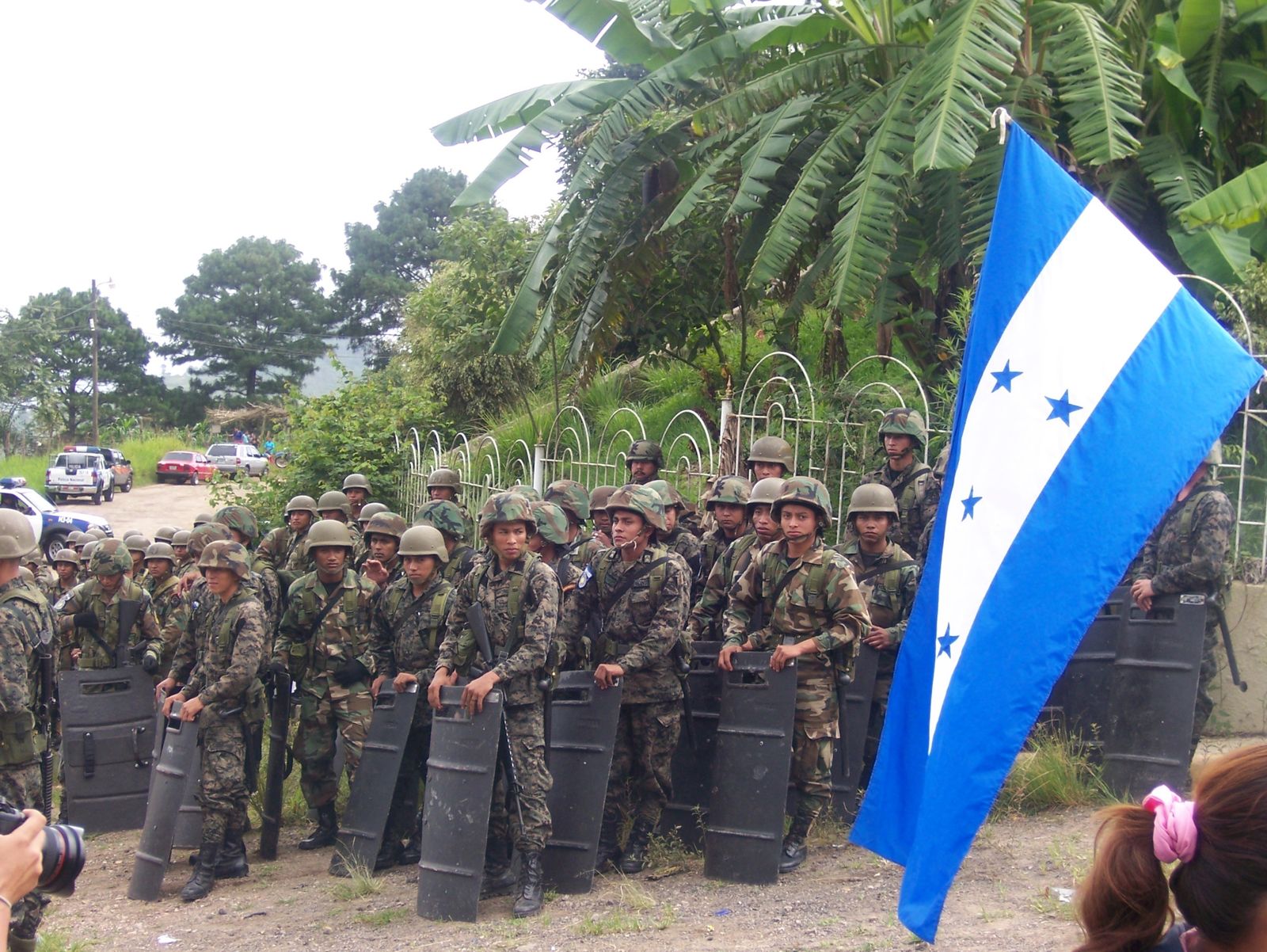




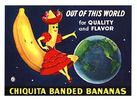









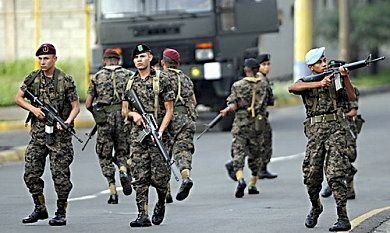



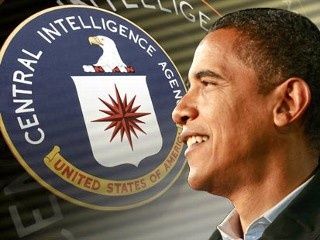
![Géopolitique : Union transatlantique, la grande menace, par Alain De Benoist [tribune libre] Géopolitique : Union transatlantique, la grande menace, par Alain De Benoist [tribune libre]](http://www.breizh-info.com/wp-content/uploads/2014/06/tafta.jpg)


